After the success of Ridley Scott’s Alien, the world saw a surge in sci-fi movies centered around blue-collar workers finding themselves up against terrifying creatures, usually in a dark, dank, remote setting. Some of these rip-offs were studio affairs, but a majority of them were made for the home video and late-night cable markets, where the cheap sets and shoddy effects weren’t such big deals. Who among us hasn’t enjoyed a low-budget monster flick that was clearly made for the price of a six-pack? 1989 brought us not one but three sci-fi movies that had at least partial inspiration from Alien and its sequel, Aliens. The latter film’s director, James Cameron, brought us his underwater epic The Abyss, which isn’t a horror film but certainly takes some cues from those earlier movies. Deepstar Six was Sean S. Cunningham’s attempt to bring the slasher movie underwater, giving us a nasty monster that takes on the U.S. Navy. Then there was Leviathan (watch it HERE), which is also about a nasty monster picking off a deep-sea crew one by one, although there’s some colorful mutations along the way that brings the film into The Thing territory as well. The Abyss speaks for itself and is considered one of the best of its kind, while Deepstar Six is forgettable nonsense not made particularly well. Leviathan is an interesting case, in that it had a big budget, a terrific cast, and a legendary special effects maestro helping to create the monster at the center of the action. So how come it’s not a beloved entry into the sci-fi/horror genre? Get your swim trunks on because we’re diving into just WTF Happened to Leviathan.
The script for Leviathan had a couple of Hollywood heavyweights behind it: David Webb Peoples, one of the writers of Blade Runner, and Jeb Stuart, the co-writer of Die Hard. Sitting in the director’s chair was George P. Cosmatos, who’d just come off a couple of Sly Stallone vehicles: Rambo 2 and Cobra. Cosmatos had signed a five-year production pact with the De Laurentiis Entertainment Group and was supposed to direct an action film called China Marines for them, but that project eventually had its plug pulled. He was then pitched Leviathan by the producers and felt intrigued by the premise; ultimately, he welcomed the chance to do a different kind of film, a suspenseful horror picture, which was worlds away from the bullet-riddled Stallone movies he’d previously made.
The original script by David Peoples dealt with tiny insect-like creatures that escape from a bottle and subsequently enter the bodies of an underwater crew. Peoples envisioned it being a very dark, very claustrophobic nightmare of a movie. With the addition of Cosmatos behind the camera, that idea was obviously scuttled in favor of a movie that had a tangible monster at its center, the closer to Alien, the better.. Soon after that development, Peoples left the project entirely. That’s when Die Hard writer Jeb Bush entered the fray and worked with the director on moving the story closer toward the Leviathan we think of today.
As a quick aside, the title almost wasn’t Leviathan – and that’s because some market research done by the studio during production found that hardly any Americans know what the word Leviathan means. Obviously, that didn’t matter because the name stuck. And just in case you’re wondering, the standard definition is large aquatic creature, so it definitely fits.
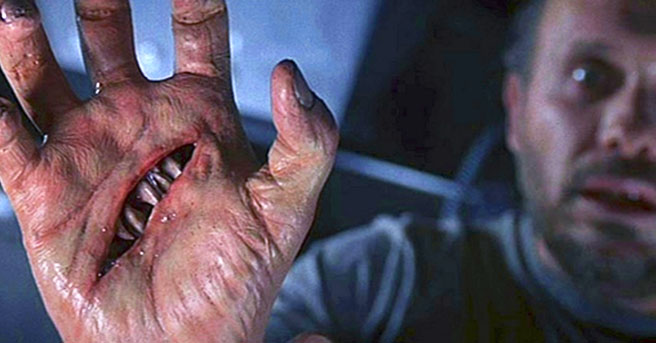
By most accounts, making Leviathan was a difficult experience – for both cast and crew. Budgeted at a healthy $25 million, production in Italy was initially on a six-day-work-week schedule, but just a few weeks into shooting three different unions employed by the film went on strike in order to increase wages or cut down the schedule. Though the producers argued that the crew’s salaries were based on a six-day-work-week and more than fair, they eventually caved under pressure and rescheduled for a five-day-week, and filming was able to get back underway.
But no picnics were had during those five day weeks. Cosmatos was a demanding director, loud and intense, often requiring many takes to satisfy his vision. The actors were usually burnt out, especially after wearing the cumbersome dive suits made for them. Hector Elizondo recalled during an interview that they were impossibly hot and anyone who wore one wound up sweating their butts off, leading to some serious exhaustion. Even built-in fans offered no relief. And if you fell over in one of them, forget it. It took a small army of men to pick you back up.
Elizondo had more than the heat to worry about one particular day. The actor almost got crushed by his suit when a crew person accidentally pushed the wrong button on a hydraulic lift, causing it to close down on the actor when it wasn’t supposed to. Luckily, Hector survived the ordeal, but just barely.
Also not having the best of times were the creature effects crew, headed up by Oscar winner Stan Winston. Winston and his team were actually up for all three aquatic thrillers, Leviathan, The Abyss and Deepstar Six, but Winston went with Leviathan because it had a shorter schedule and he was eager to get back to directing after completing Pumpkinhead, which had just wrapped. Obviously, the fact that he turned down James Cameron after successfully collaborating with him on The Terminator and Aliens might have been a surprise to the director, but The Abyss’s production schedule was, unsurprisingly, quite a long one, and Winston didn’t want to commit to it. There were no hard feelings between the two, of course, as Stan jumped aboard T2: Judgment Day when that was in pre-production two years later.
But the waters weren’t smooth for Stan Winston Studio on Leviathan; they did not have a very significant amount of time to prepare, only about four months worth, which sounds like a lot but really isn’t when you consider you’re making a life-sized mutating monster, various other gore effects, and the dive suits that the actors have to wear. This last aspect of the job was apparently a contentious one even among Winston’s own crew, who thought their workload was already too large, but Winston insisted on crafting the dive suits, which ended up costing about $30,000 each. I’m guessing Hector Elizondo didn’t care how expensive they were when one was almost killing him.
Those suits did not go underwater, as it turns out. All of the underwater scenes were actually filmed in dry conditions, with camera trickery and slowed-down film combining to give the effect of the cast being at the bottom of the ocean. To help create the illusion of sediment floating in the water, production attempted to drop sliced-up chicken feathers from the top of the set, but they went straight down instead of floating around. The filmmakers then turned to what’s known as a candelotto, which is a slow burning alcohol used in camping stoves. After being lit and the flame blown out, the fuel will smolder and produce fine white flakes. That’s what you’re seeing during the quote-unquote underwater sequences in the film.
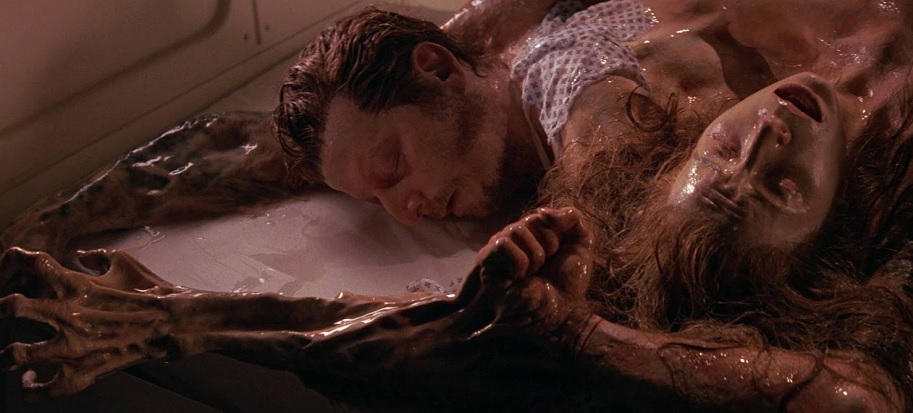
Evidently Stan Winston and George Cosmatos butted heads a lot throughout the production, even getting into an argument on Day One about the suits. Some crew members recall Stan and George shouting at each other behind closed doors before George stormed out of the room, leaving an exhausted Winston attempt to cool off.
Cosmatos wasn’t easier to deal with for the actors, who often found that the director was more interested in perfecting the technical side of things, hence he rarely gave them direction on their performances. Ernie Hudson recalls that George was the most politically incorrect person he’d ever met, often saying offensive things that he may or may not have meant. Daniel Stern, who plays the hot-tempered Six-Pack, would often get into fights with Cosmatos, and it sounds like the two would almost come to blows at least once.
Apparently not one to fight was the film’s star, Peter Weller, who had actually worked with Cosmatos once before on the quirky 1983 horror flick Of Unknown Origin. Weller had evidently enjoyed his experience working with George and wanted to do so again. Plus, he claimed to like physically demanding roles, and coming off of Robocop and Shakedown, he was certainly scratching that itch. For his part, Cosmatos considered Of Unknown Origin his best film up until that point and he appreciated Weller’s ability to play a hero without being too quote-unquote “macho” about it. Incidentally, Cosmatos claimed he was the first director approached for Robocop, but he couldn’t do it because of prior commitments.
As the film was being shot in Rome, there were difficulties getting on the same page for the American and Italian crews. One of Stan Winston’s guys recalled how sometimes he’d have to draw pictures for the Italians in order to get across what he wanted to thanks to the language barrier… There was also the fact that the Italian crew made a habit of drinking copious amounts of wine during lunch breaks, obviously not something the Americans were used to. As they say, “When in Rome…” but it seems as though the Stan Winston crew kept themselves mostly sober during production, understandable considering the strain they were under.
The last piece of the puzzle was the monster itself, which took quite a long time to design. Because the creature absorbs its victims, the beast would have to be a combination of marine life and human anatomy, sort of an underwater version of The Thing. Winston and Cosmatos worked closely together on designing the monster, coming up with dozens and dozens of sketches from several members of Winston’s team. Ultimately, bits and pieces from many of the sketches ended up being included in the final product; in an interview several years later, creature designer Alec Gillis admitted the creature ended up being a mishmash of too many ideas, referring to it as a freakshow, while another crewmember calls the thing a “monster stew.” During a featurette produced years later, Ernie Hudson recalled that he always thought the creature looked like a giant chicken and could not get that image out of his mind. Now, neither can you…
Cosmatos did come to a compromise with Winston when it came to shooting the creature, allowing Stan to handle second unit directing duties himself. That said, the crew was supposedly not happy with the final product when the film came out, since it’s edited in such a way that you can never get a truly good look at the monster suit they had worked so hard on for months.
But there weren’t a ton of people who were thrilled with the final product. The movie was released on March 17th 1989, just a couple months after Deepstar Six, and imploded, making $5 million opening weekend and ending up with just $15 million at the box office, not even close to matching its $25 million budget. Reviews weren’t kind, most pointing out the obvious: that Leviathan was a Frankenstein’s monster built together from much better movies without much of an identity of its own. Kind of like its villainous creature, the carries with it the feeling of being patched together without passion or sense of fun.
Still, Leviathan has its supporters, and a few years back Scream Factory released a very nice edition of the film, as is their wont. Kino Lorber will be giving the film a 4K release this year (on February 20th, to be exact), and copies can be pre-ordered at THIS LINK.
It still makes for adequate late-night monster movie action, and if he were still with us today, I’m sure George Cosmatos would be happy its still being talked about today, though maybe he wouldn’t be too thrilled with the chicken comparison…
A couple of the previous episodes of WTF Happened to This Horror Movie? can be seen below. To see more, head over to our JoBlo Horror Originals YouTube channel – and subscribe while you’re there!










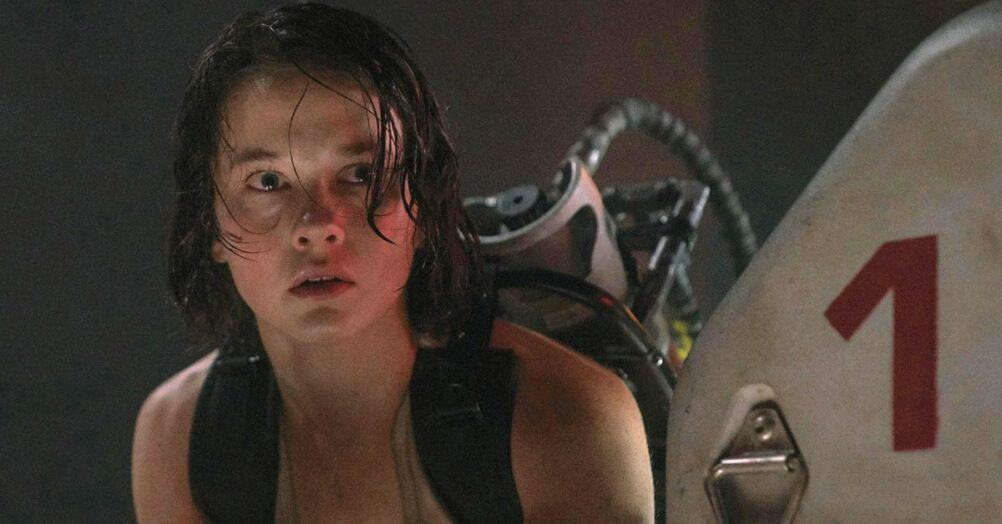


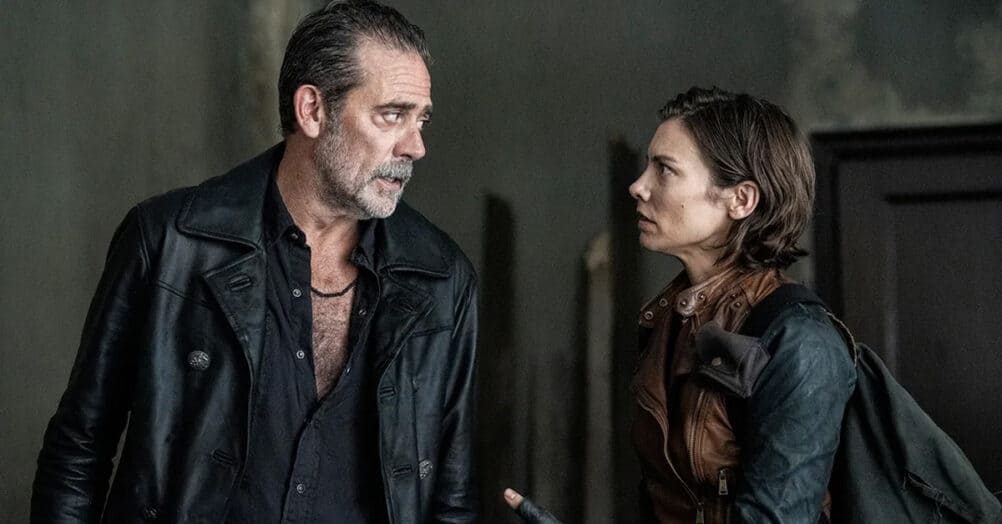
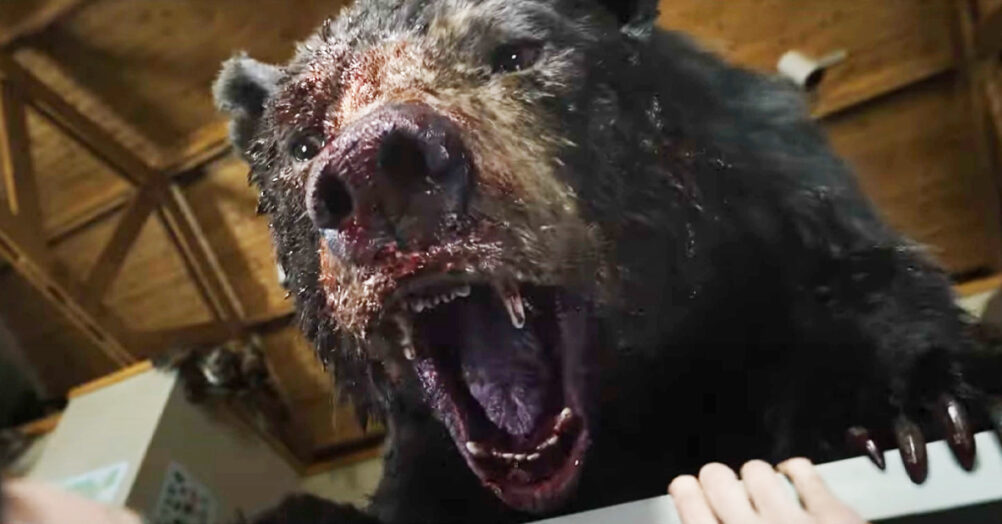

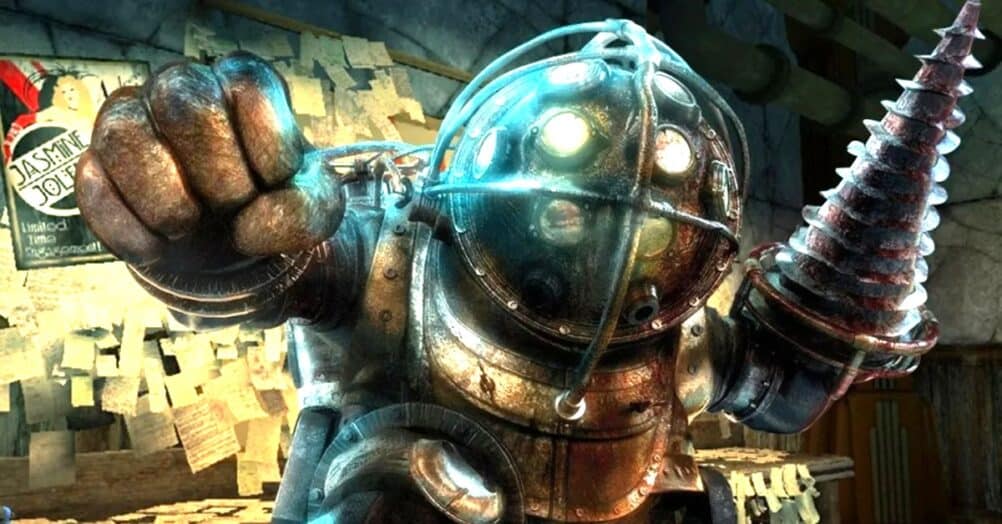
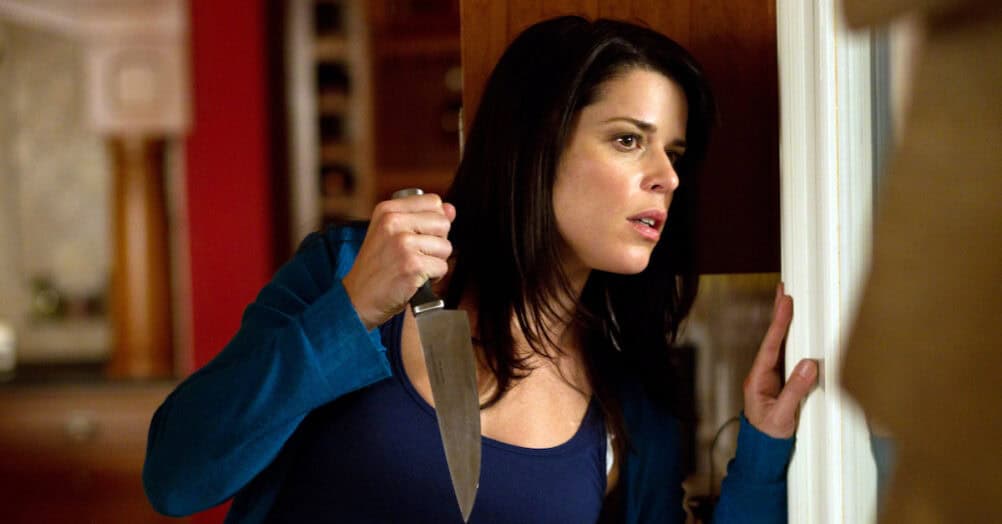


Follow the JOBLO MOVIE NETWORK
Follow us on YOUTUBE
Follow ARROW IN THE HEAD
Follow AITH on YOUTUBE